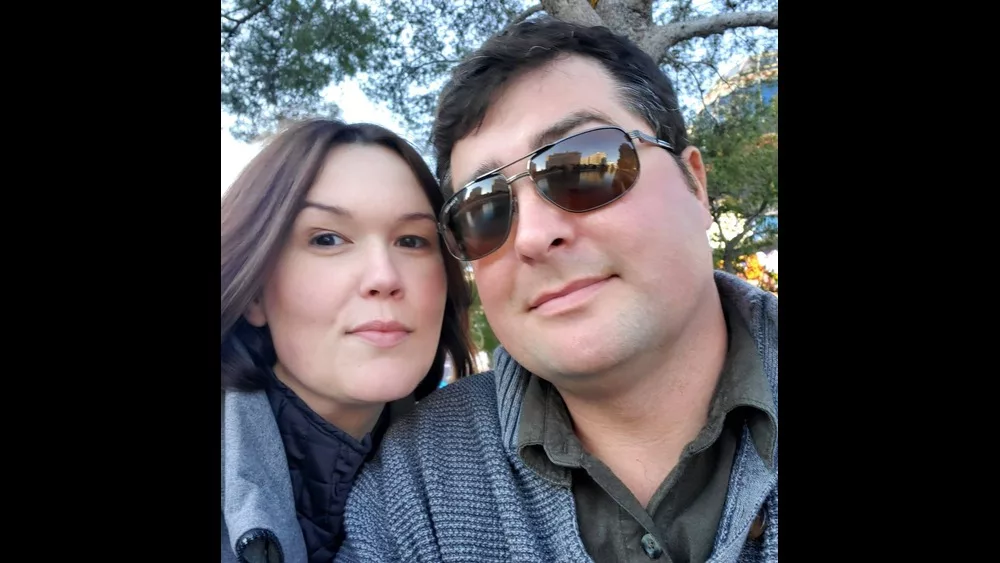Let’s face it, our world is a dangerous place nowadays. I seems that every day, we hear about some disaster happening somewhere across the globe. But, did you know that we may be sitting on a ticking time bomb?
It doesn’t take a rocket scientist to know I am referring to the New Madrid fault zone. There have been so many small  earthquakes recorded recently that there is very little reporting of them and we have become complacent of the dangers that lurk under us. Over the past year there have been 234 earthquakes recorded in Missouri alone that were 1.5 magnitude and greater. In the last few weeks, a 3.6 magnitude was recorded in Caruthersville, Mo. Scores of other smaller quakes have been recorded all along the fault just since the start of 2018.
earthquakes recorded recently that there is very little reporting of them and we have become complacent of the dangers that lurk under us. Over the past year there have been 234 earthquakes recorded in Missouri alone that were 1.5 magnitude and greater. In the last few weeks, a 3.6 magnitude was recorded in Caruthersville, Mo. Scores of other smaller quakes have been recorded all along the fault just since the start of 2018.
The New Madrid Seismic Zone has been difficult to study. The region doesn’t generate large earthquakes often enough for seismologists to have a detailed historical record, and there is no obvious mechanism driving the seismic activity. Elsewhere in the world, earthquakes tend to occur along active faults, like the San Andreas Fault in California, where two tectonic plates meet and push, pull, or slide against one another. But the NMSZ is smack in the middle of the quiet, solid North American plate. One idea is that an ancient rifting event plays a role. Between 700 million and 540 million years ago, what is now the North American Plate was being pulled apart as it broke away from a supercontinent.
But the NMSZ is smack in the middle of the quiet, solid North American plate. One idea is that an ancient rifting event plays a role. Between 700 million and 540 million years ago, what is now the North American Plate was being pulled apart as it broke away from a supercontinent.
The plate failed to split completely, but geologists think that the event left scars below the NMSZ: a buried rift zone, where the rocks are weak and fractured. According to some Seismologists, the NMSZ appears to be about 30 years overdue for a magnitude 6.3 quake, because the last quake of this size occurred 100 hundred years ago at Charleston, Missouri, Oct. 31, 1895 (it was a magnitude 6.7). A magnitude 6.3 quake near Lepanto, Arkansas, Jan. 5, 1843, was the next prior earthquake of this magnitude. About 75 percent of the estimated recurrence time for a magnitude 7.6 earthquake has elapsed since the last quake of this size occurred in 1812. There have been numerous earthquakes  along that New Madrid fault line for decades, leading officials to fear of a catastrophic earthquake.
along that New Madrid fault line for decades, leading officials to fear of a catastrophic earthquake.
If a massive earthquake of that size occurs, we could lose a good part of Western Kentucky, we could lose a good part of Arkansas or southern Missouri. Significant damage is expected to extend north of St. Louis up the Mississippi River valley, up the Ohio and Wabash River valleys to near Owensboro, Kentucky and Indianapolis, Indiana and down the Mississippi River valley to near Greenville, Mississippi. Significant damage is also expected in about 15 additional counties each in southern Illinois, western Kentucky and Tennessee, northeastern Arkansas and northwestern Mississippi and in about five counties in southeast Missouri outside the Bootheel. February 7th marks the 206th year since the third in a series of catastrophic earthquakes struck in 1812. It was believed to have been the strongest at 8.8 magnitude.  After the February 7 earthquake, boatmen reported that the Mississippi actually ran backwards for several hours.
After the February 7 earthquake, boatmen reported that the Mississippi actually ran backwards for several hours.
The force of the land upheaval 15 miles south of New Madrid created Reelfoot Lake, drowned the inhabitants of an Indian village; turned the river against itself to flow backwards; devastated thousands of acres of virgin forest; and created two temporary waterfalls in the Mississippi. Boatmen on flatboats actually survived this experience and lived to tell the tale.
The threat is real and everyone living near the New Madrid Fault should keep an emergency bag on hand with enough supplies to last for 72 hours. The emergency bag should include gloves, twine, water, food, a hand-cranked radio and a water filter. We don’t know when it’s going to happen. It’s not like tornadoes or storms that the National Weather Service can forecast, an earthquake just happens. Regardless of whether you believe this will happen soon or many years into the future, being prepared for any disaster only makes good sense. The clock's ticking. If you want to read more on this topic, feel free to comment on this post and be sure to hit the “Like” button at the end.





